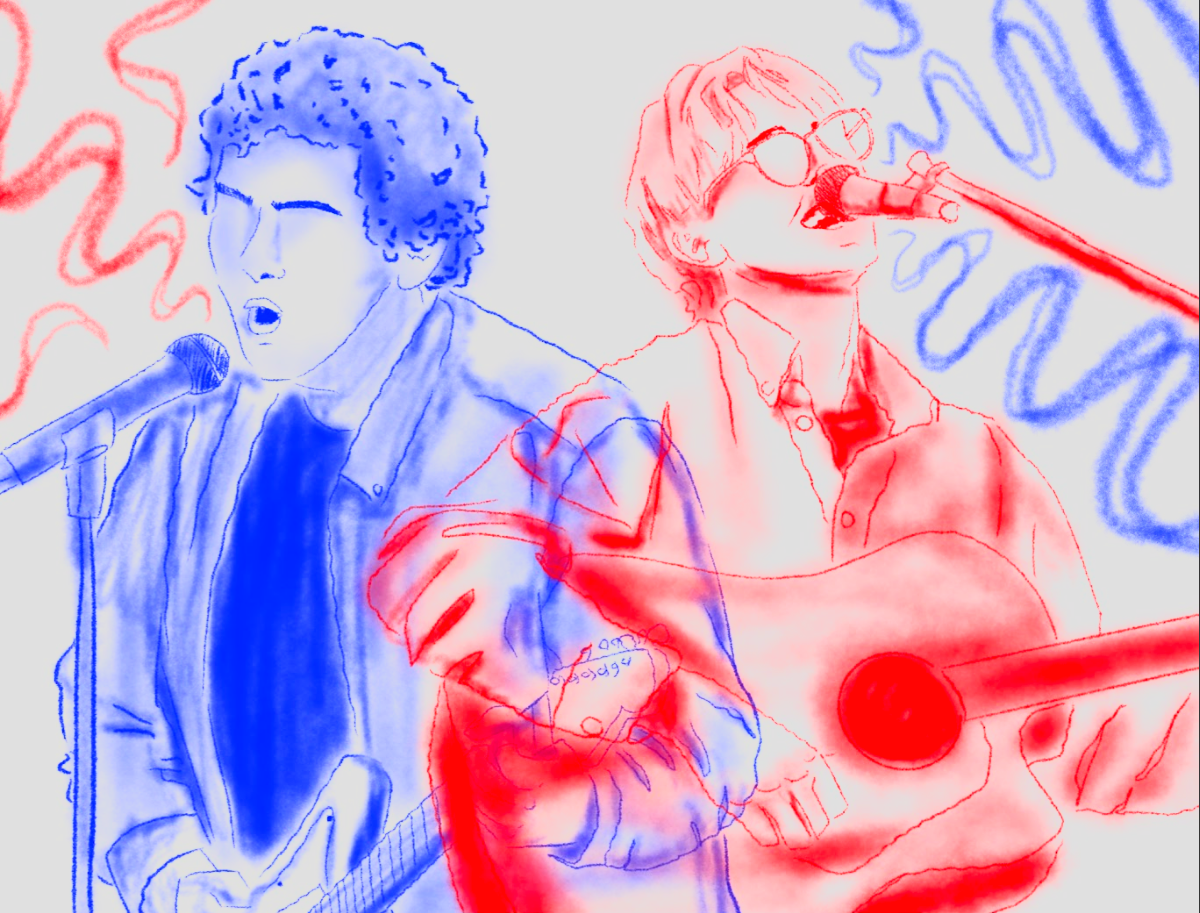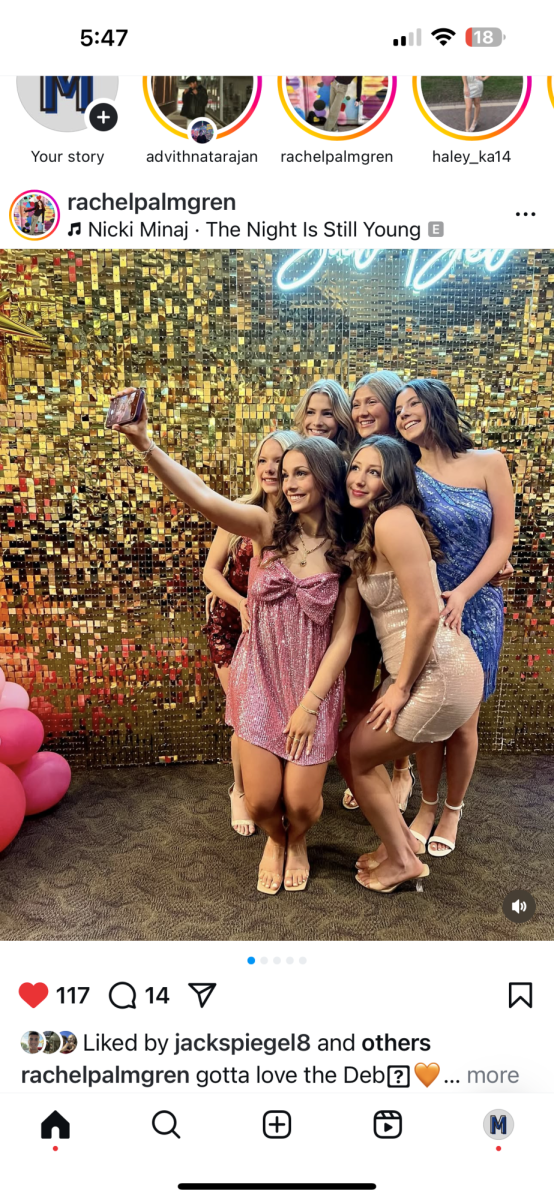Editorial: acknowledge atypical races, families in media
October 12, 2015
This editorial is a compilation from a discussion held by the editorial board.
A white middle class family — the epitome of the American Dream. Mom, perfectly kempt, is cooking dinner; Dad comes through the maple front door, briefcase in hand, and two children, in their riding boots and football jerseys, respectively, race down the stairs to greet him. Circled around their dining table, they wait for food to be served — it’s taco night and they are so excited to talk about their day.
Mainstream media has deemed this image to be the norm, the goal of anyone who wants to be content. In response to the premier of the movie “Stonewall,” based on the Stonewall riots in 1969, The Mentor Editorial Board felt it necessary to discuss the lack of minority representation or rather, the erasure of minorities in mainstream media. The Stonewall riots were a movement started and led by trans women of color, but in the movie almost the entire cast is made up of gay, white, cisgendered males. The lack of diverse representation in the media, or rather the focus on one privileged group, as depicted in “Stonewall” is extremely problematic.
While the cisgender, heterosexual, white male has been deemed the star of all media — everyone else has been shunned to niche media forms. Think about a bookstore: there’s probably a section for African American Fiction, Gay and Lesbian Fiction and Women’s Fiction. While such specialization can allow for positive spaces for marginalized groups, it also deems their issues and plights unworthy of the general category of mainstream fiction. By “othering” minorities and atypical living situations, we “other” the actual people they represent. Accurate and multifaceted representation in media is crucial. It gives people a stronger sense of self and acts as an affirmation of their identity and existence. It gives younger viewers people to relate and look up to. It expands people’s assumptions regarding their own and other’s capabilities.
The mainstream media is doing a terrible job of this and is, thus, furthering the demeaning of minority groups. By only including minorities as a way to fill diversity quotas and make punchlines, they strip them of their humanity.
Whether it’s the fat kid who’s only on the show to be made fun of, the “sassy black friend,” the “gay best friend” or any other supposed “deviant,” the majority of representation that those who don’t fit into the cis, straight, white, middle class mold receive is one dimensional and harmful.
All humans are multidimensional and complex beings. We have unique emotions, experiences, thoughts, etc. And we all deserve to be represented as such. The trope that one’s minority status is the only defining characteristic of a character, whether it be in a book, movie or anywhere else, is sending those groups the message that they are not good enough. That they are second class and should strive to achieve “normalcy” in order to be happy. This is unacceptable. One’s existence is never defined by a single trait and minorities, in particular, deserve to see themselves reflected in media as the strong, diverse and complex people that they are.



